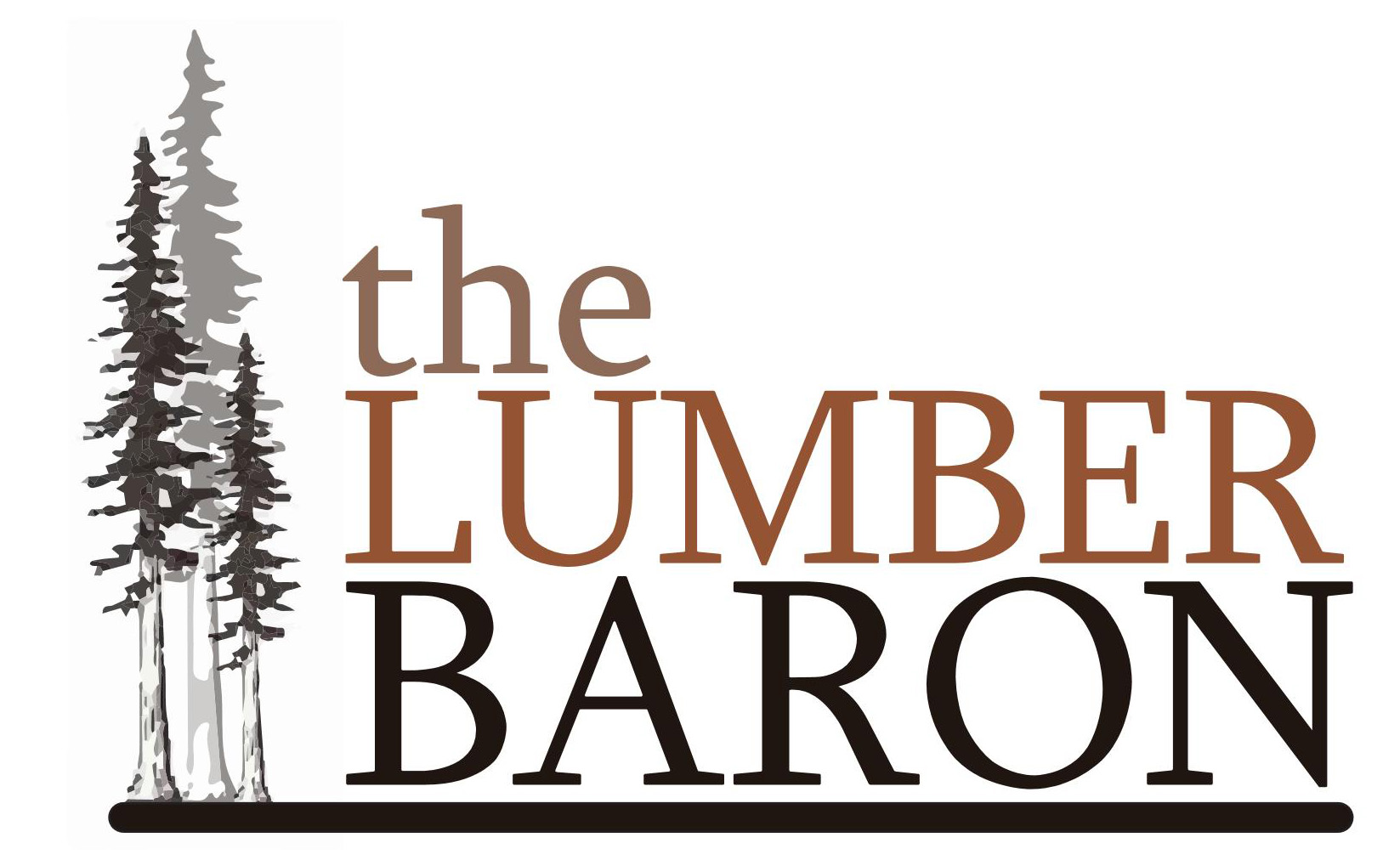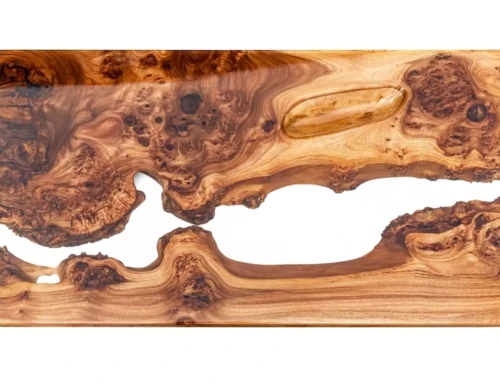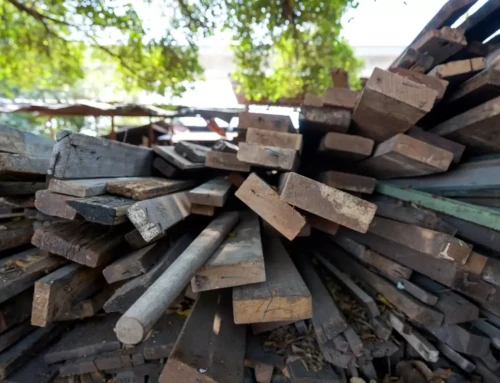Redwood siding is not only beautiful but also versatile, making it a popular choice for both residential and commercial applications. With various patterns and finishes available, it’s crucial to understand the differences to select the best option for your project. In this blog post, we will explore the various redwood siding patterns and finishes, highlighting their unique features and ideal uses.
An Overview of the Redwood Siding Patterns
Redwood siding has established a reputation for durability, beauty, and sustainability. It has been a favored choice since its introduction in the early 20th century, primarily because of its natural resistance to decay and insects. This makes it an excellent investment for homeowners and builders alike. Beyond functionality, the rich color and texture of redwood elevate any architectural style, lending a warmth that synthetic materials often lack. As environmental concerns grow, redwood siding stands out, as the redwood we provide is harvested from responsibly managed forests with much lower then other building options like concrete. For those wanting to make a carbon negative impact, we also offer a host of premium FSC certified reclaimed lumber siding options.
Choosing redwood siding is also a matter of selecting the right pattern and mill finish that fits your aesthetic and functional needs. Each pattern serves a distinct purpose and can dramatically influence the overall appearance of a building. Whether you want rustic charm or a polished contemporary look, there’s a siding style that will meet your vision. Knowing the available options is essential, and in the upcoming sections, we will delve into the unique traits of different redwood siding patterns.
First Things First, Understanding Redwood Finishes Smooth vs. Resawn:
No matter which siding pattern you ultimately choose, one of the most important decisions will be the mill finish of the siding.
A smooth finish, also referred to as surfaced, will give the boards a more refined appearance. This finish is ideal for areas where contact is likely such as a deck or interior wall. The smooth finish results in less frictions and makes splinters less likely. A smooth surface also allows for easy painting or staining, providing versatility in color choice and finish.
A resawn finish appears more rustic or rugged. It makes an ideal choice for homes set against natural backdrops such as forests or rivers. Additionally, the textured surface can hide minor imperfections, making it a forgiving option when it comes to installation errors or natural wear. Homeowners desiring a timeless, rustic look that aligns with the environment will find resawn siding to be a masterful addition to their home.
Tongue and Groove (T&G) Siding:
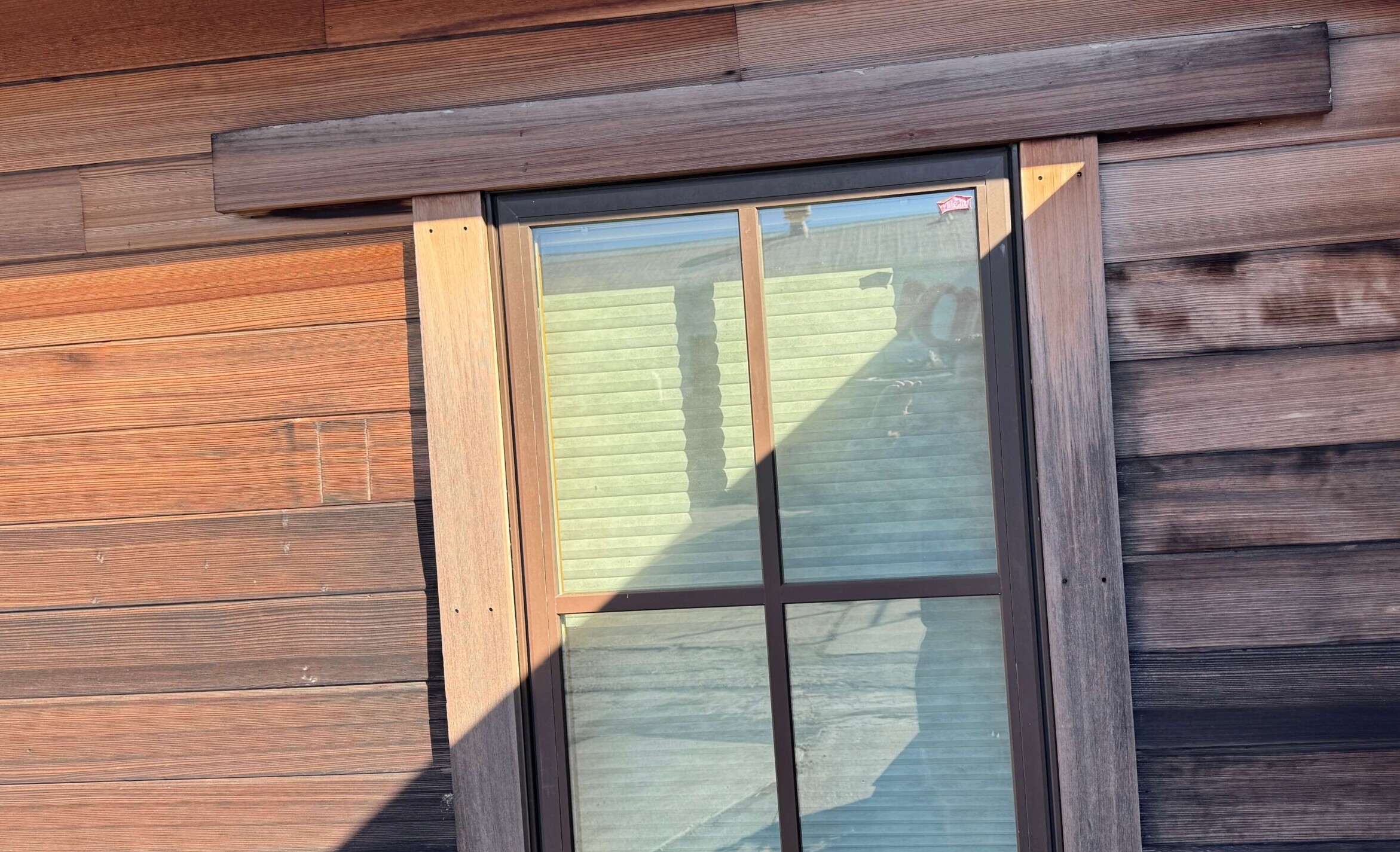
Smooth Redwood T&G Siding
Tongue and Groove (T&G) siding is an excellent choice for both exterior and interior applications. It offers a blend of aesthetic appeal and practical benefits. Its interlocking creates the sleek, finished look it has become renown for.
Customers can choose between a butt or bevel joint. The butt joint provides a seamless appearance where each board flows smoothly into the next, while the bevel joint creates a subtle shadow line, adding depth and dimension. This versatility allows T&G siding to enhances a home’s exterior and bring warmth and sophistication to interior spaces.
Beyond its visual appeal, T&G siding is highly functional. Its interlocking profile forms a tight seal, which significantly reduce drafts and improves insulation. It’s particularly beneficial in climates with fluctuating temperatures, contributing to energy efficiency and consistent indoor comfort year round
Furthermore, T&G siding is adaptable to various architectual styles, from modern to traditional. Its ability to complement diverse design elements makes it a versatile option for any homeowner. Whether you are designing a custom home or renovating an existing structure, T&G siding is an excellent consideration that balances both form and function.
V-Rustic: A Classic Choice
V-Rustic siding is known for its distinctive V-shaped grooves and an appealing rough-sawn texture that provides both character and charm. This pattern is reminiscent of rustic cabins and countryside homes, evoking a sense of warmth and nostalgia. The interlocking design allows for easy installation, which can be a significant benefit for contractors and DIY enthusiasts.
Besides its aesthetic benefits, V-Rustic siding showcases practical advantages as well. The grooved pattern can effectively shed water, thereby helping to prevent moisture buildup that often leads to rot.
V-Rustic siding merges form and function effortlessly making it a classic choice that never goes out of style.
Shiplap: Timeless Elegance
Shiplap is re-emerging as a trendy choice in both interior and exterior design, marked by its horizontal plank design that fits snugly together. This pattern is not only visually striking but also serves a distinct functional purpose: the overlapping boards help to effectively shed water, making it suitable for various weather conditions. The clean lines of shiplap also contribute to a sense of stability and order, allowing homeowners to create a timeless yet modern look.
Moreover, shiplap offers a plethora of design possibilities. From rustic farmhouse facades to ultra-modern urban homes, this siding pattern can be adapted to suit a wide range of aesthetics. The versatility allows homeowners to play with vertical orientation as well, enabling a fresh twist on a classic style. Beyond its exterior application, shiplap is also popular in interior designs, serving as accent walls or ceiling treatments, making spaces feel warm and inviting.
In summary, shiplap isn’t just a trend, but a standalone design element that enhances homes while remaining functional. Its elegant simplicity continues to appeal to diverse tastes, making it a steadfast choice for both renovations and new constructions.
Board and Batten: A Bold Statement
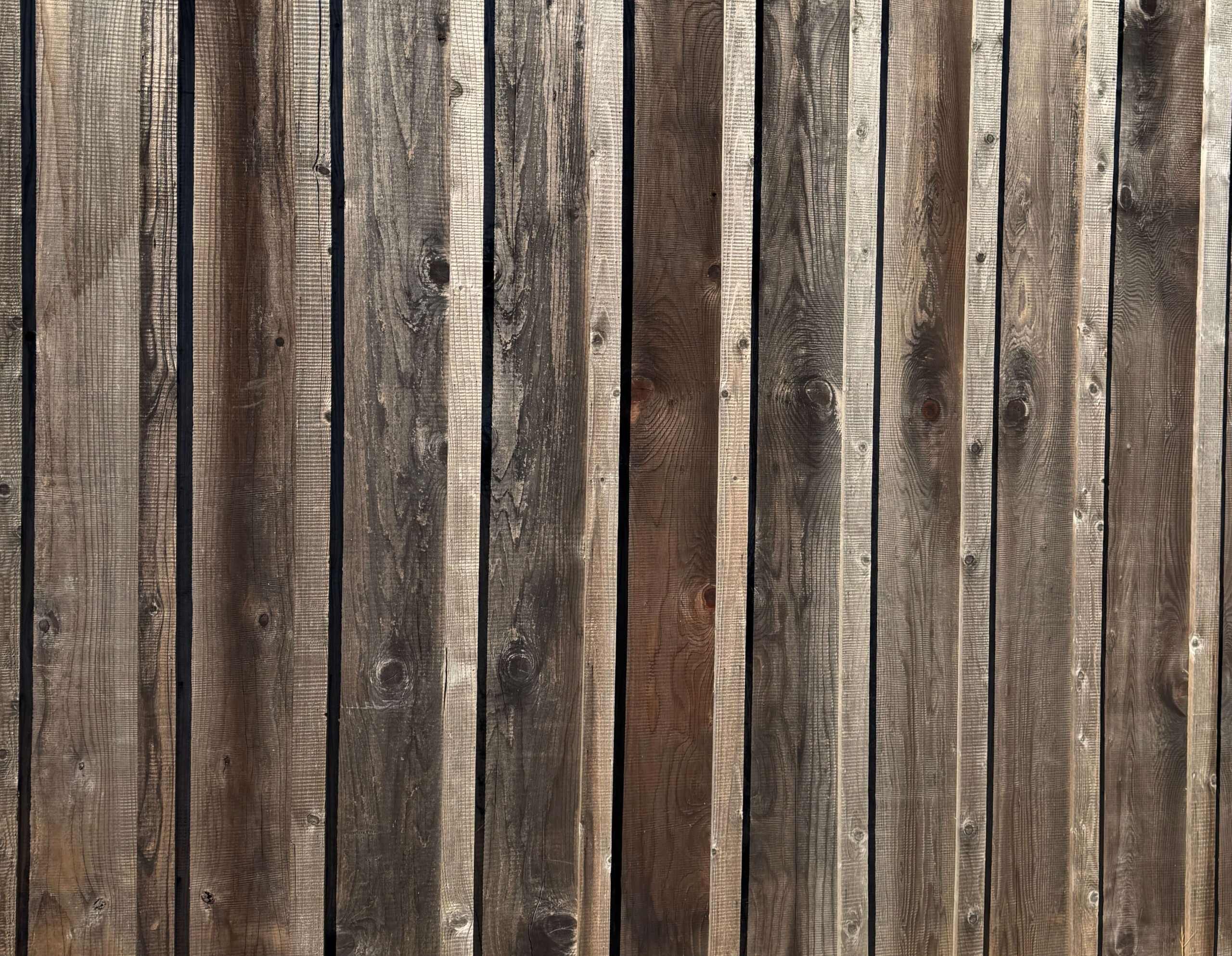
Board and Batten Resawn Redwood Siding
Board and Batten siding is characterized by its unique combination of wide vertical boards and narrow battens used to cover the seams. This design has gained popularity for its striking contrasts that add visual interest to the facade of any building. The bold lines of this pattern lend an air of sophistication, making it ideal for homeowners looking to make a distinctive statement with their exteriors.
However, the appeal of Board and Batten extends beyond mere aesthetics. The vertical orientation tends to create an illusion of height, making buildings appear taller while adding dimension and depth. Historically, this style was prevalent in barns and agricultural buildings, but it has crossed over into contemporary designs, infusing modern homes with a touch of rustic, historical charm.
Whether you opt for a traditional look with natural stain or a fresh color palette, Board and Batten serves as an effective way to showcase personality. By selecting bold colors or contrasting combinations, homeowners can fully embrace their artistic vision while enhancing their property’s curb appeal. In this way, Board and Batten is an enduring ode to individuality within the realm of siding design.
Three-Lap Siding: Traditional Style
Three-Lap siding, often known as triple lap or three-course siding, is a classic choice that exudes traditional American charm. This style involves overlapping three boards in a staggered arrangement, creating a distinct layered effect that not only looks impressive but also provides reliable protection against the elements. The pronounced lines of Three-Lap siding can add texture to a building’s facade, while its overlapping nature enhances durability against harsh weather.
Moreover, the traditional look of Three-Lap siding can complement various architectural styles, from colonial homes to rustic cabins. The weathered wood appearance can evoke nostalgia for historical designs, making it a popular choice for those looking to preserve a sense of character in their homes. Homeowners can also explore different stains and finishes to enhance its natural beauty while promoting additional weather resistance.
As trends shift, Three-Lap siding remains a steadfast favorite, recognized for its timeless elegance. The combination of practicality and style makes it an excellent investment for those aiming for lasting aesthetic appeal.
Cove Siding: Functional and Aesthetic
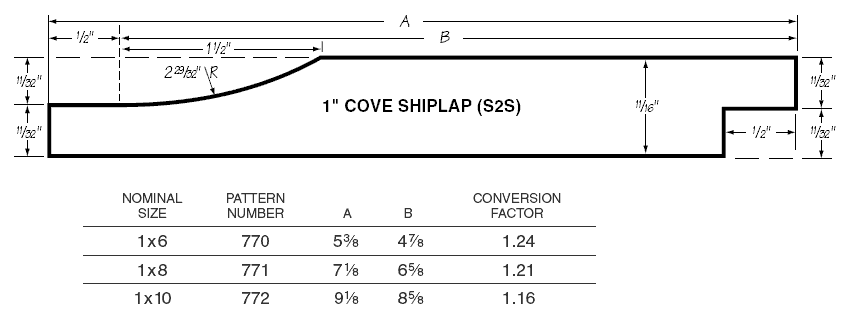
Redwood Cove Shiplap Siding
Cove siding distinctively features a curved edge at the bottom of each board, creating a smooth transition between the siding piece and the wall surface. This design not only serves as an aesthetic appeal, providing a softer look to structures, but also contributes to practical advantages, such as better water runoff. The rounded edges help prevent moisture from accumulating, reducing the risk of rot and water penetration—common issues faced by conventional siding types.
Functionality aside, Cove siding is particularly favored by those seeking to achieve a unique silhouette for their homes. This subtle difference in design can set a home apart from traditional flat-sided properties, blending well into both contemporary and classic settings. By incorporating Cove siding, homeowners have the creative liberty to enhance their residences with a distinctive style that captures attention yet remains elegantly understated.
Furthermore, Cove siding facilitates easy maintenance, as its contours are less likely to hold dirt and grime, making it simpler to clean. Homeowners who desire a striking yet functional home exterior should consider Cove siding an appealing option when selecting their siding pattern.
Beveled Siding: Adding Dimension
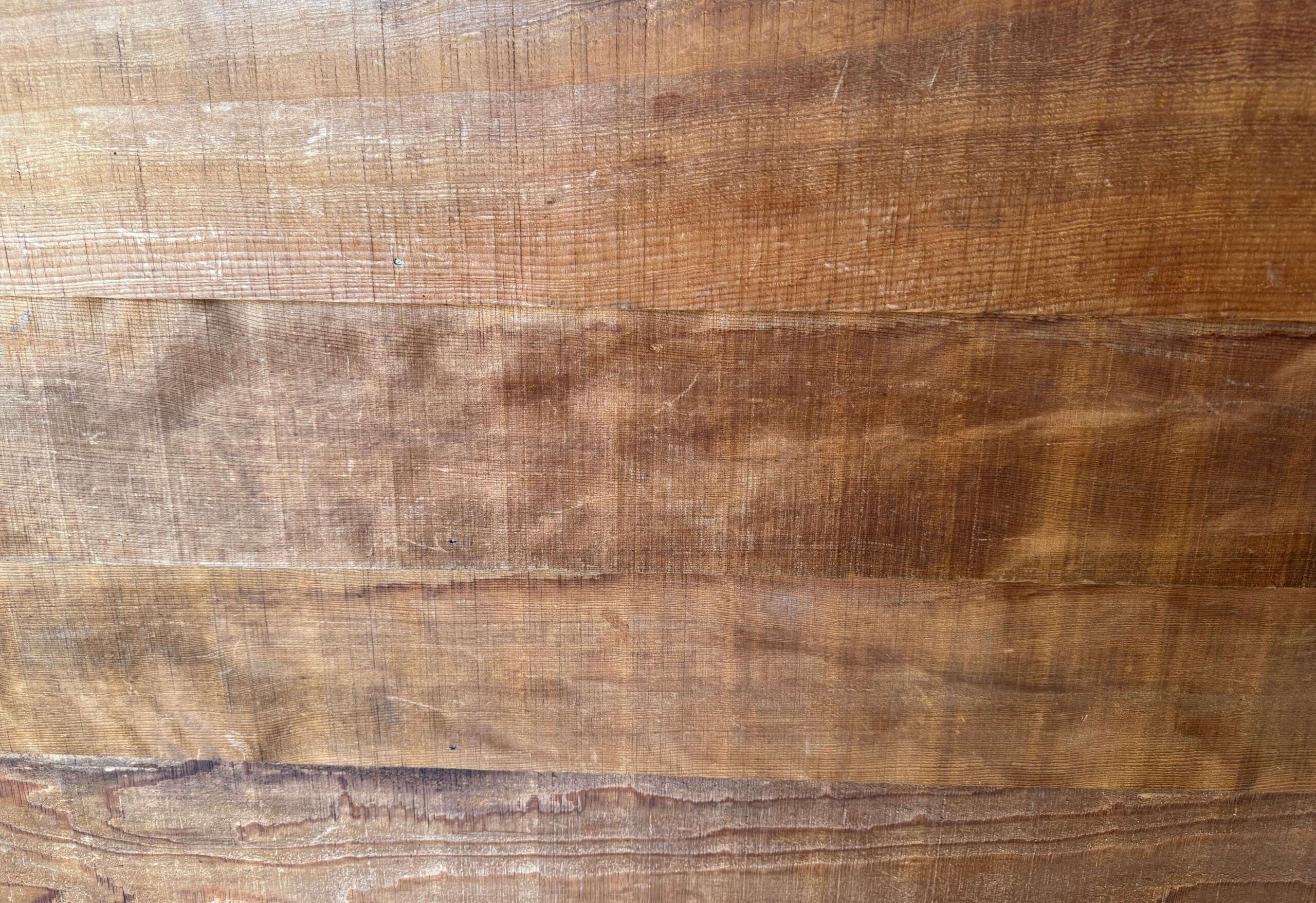
Beveled Resawn Redwood Siding
Beveled siding, also known as beveled lap siding, showcases boards with a cut bevel that causes them to lean away from the wall. This unique profile provides depth and dimension, enhancing the visual interest of a home’s facade. The angled edges of the boards create shadow lines that add character while helping to reflect light differently throughout the day. This dynamic texture is particularly charming and can dramatically enliven any building.
A practical benefit of beveled siding is its ability to efficiently shed water, which can decrease the likelihood of moisture retention. By creating an angled surface, the siding encourages rainwater to run off easily, reducing potential damage to the siding itself. This functional characteristic specifically appeals to homeowners in climates with heavy rainfall historically.
Moreover, with beveled siding, homeowners can choose from a range of wood finishes that suit their preferred aesthetic, from natural wood tones to vibrant stains. The versatility of bevel siding makes it a popular choice for many architectural styles, allowing for seamless integration into modern homes or historical restorations. Its perfect balance of aesthetics and functionality reinforces its status as a beloved siding option.
Final Thoughts on Redwood Siding Patterns
Choosing the right redwood siding patterns can significantly enhance the aesthetic and functional appeal of your building. Each pattern offers its own charm and benefits, so consider your design preferences and practical needs when making a decision. With the right knowledge, you can confidently select a siding style that complements your vision.
